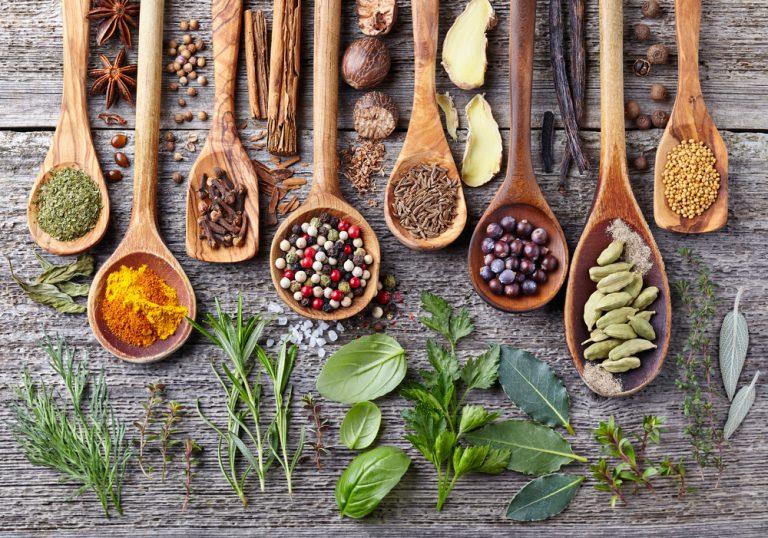As Brits we are getting better at trying new foods and developing our palates’ to taste various herbs and spices. Most of us enjoy a curry or maybe some Chinese or Thai food, but it could be argued that in general we don’t choose to eat food that is overtly spicy, and are not familiar with many different herbs. But we are really missing out, because not only do herbs and spices add taste, colour, aroma and texture to our food, but they can be really healthy too.
Salt
You probably know salt is neither a spice nor a herb, but I cannot write about these condiments without mentioning salt. Salt is probably the best and most well-known enhancer of taste as well as a preservative of foodstuffs. Many of us probably liberally add salt to our food without thinking about it. It can be a habit to shake the salt cellar onto food before even tasting it! This drives me crazy. Salt though, or giving it its chemical name of sodium chloride is, when keeping to recommended maximum limits, a useful condiment in the kitchen.
I’m mentioning salt because according to the Food Standards Agency in the UK (2018, January), we Brits consume 8.1 – 8.8 g per day, when the recommended levels by Public Health England are maximum 6 g per day (even lower for children). High salt intake contributes to high blood pressure, which increases risk of heart disease and stroke. As we lower salt in our foodstuffs we can sometimes taste the difference and we become less keen to reduce our intake. The key to lowering dietary salt is to do it gradually. Just like lowering sugar intake, slowing reducing the levels of salt you add to food, changes your palate’s perception of saltiness and you gradually get used to the lower level, so much so, that if you increase your salt level again food tastes too salty. Also if you are one of those people or have a family member who has the habit of shaking salt on their food even before tasting it, a good hack is to fill the salt cellar with low sodium salt such as Lo Salt ™ that claims to have 66% less sodium than regular salt. I bet you won’t taste the difference.
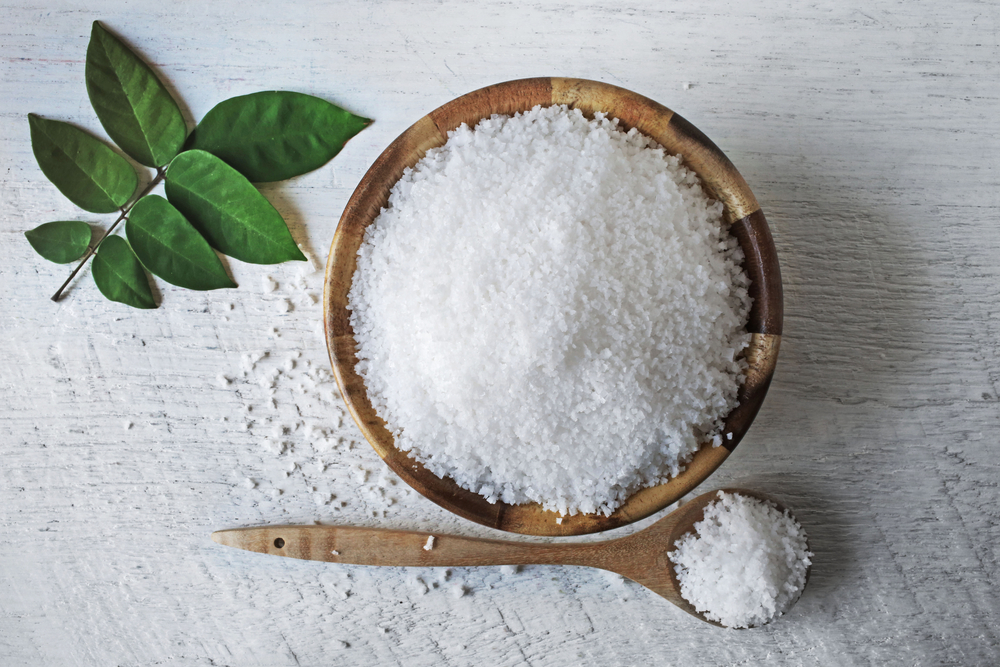
Herbs and Spices
Herbs and spices have been used for centuries to add taste and other attributes to food and drinks, and evidence is emerging that many herbs and spices possess antioxidant, anti-inflammatory, anti-carcinogenic properties, as well as the ability to influence glucose and cholesterol levels (Neveu et al., 2010). It is their bioactive compounds such as flavonoids and polyphenols, tannins and vitamins that have these effects. However, when it comes to direct links between consuming herbs and spices and protecting against or preventing specific diseases, evidence is lacking. But there is evidence to suggest that frequent consumption of spicy food was linked to lower risk of cancer, heart attack and respiratory disease (Chopan & Littenberg, 2017).
The amount of herbs and spices used in cooking is extensive, but there has been evidence to suggest that the following herbs and spices, some of my favourites have positive health benefits and if possible should be included regularly in a healthy balanced diet
Black Pepper
This unassuming spice has an antioxidant effect coming from piperine its major active constituent (Vijayakumar & Nalini, 2006). Piperine also has anti-inflammatory and analgesic effects and has been shown in animal studies to reduce pain associated with arthritis (Bang et al., 2009). There is further evidence to suggest that black pepper can have an anti-allergenic effect by reducing histamine release, and aids digestion by enhancing activity of digestive enzymes (Jiang, 2019)
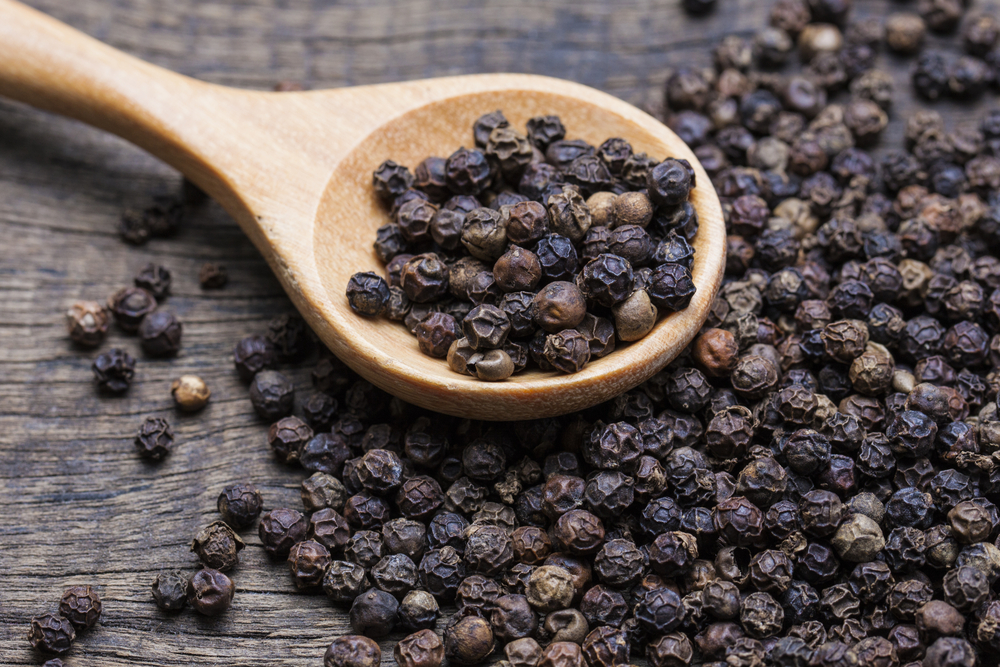
Garlic
It could be argued that garlic is an essential ingredient for cooking many different foods, and it is therefore quite easy to include it in your daily or weekly list of ingredients. However, garlic is liked by some but not by others. It’s health benefits though cannot be ignored. The sulfur components of garlic reportedly have the main health giving properties. It is claimed that garlic has anti-inflammatory effects and is heart protective (Jiang, 2019). It’s ability to reduce fatty deposits in the arteries, lower blood pressure and its anticoagulant effects all contribute to heart health. There is also evidence to suggest that garlic has glucose lowering properties thus aiding the treatment of type II diabetes. A study of garlic supplementation in human trials showed a positive and sustained role for it in control of blood glucose and lipoprotein management (Wang et al., 2017)
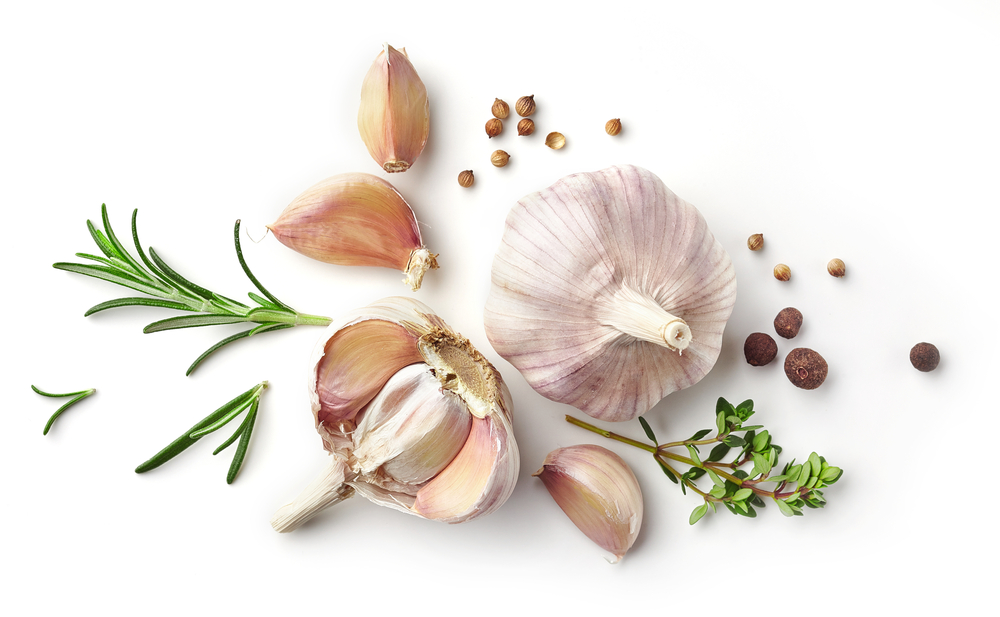
Chilli Pepper
There are so many different varieties of chilli pepper, from the very hot to the mild. Whilst many people may prefer to consume the milder varieties, there is evidence to suggest that the very hot varieties have the biggest health benefits. The active compound that determines the level of heat in any chilli is capsaicin. Capsaicin has been associated with many different health benefits such as anti-oxidant and anti-inflammatory effects, cardiovascular health by reducing bad LDL cholesterol and the positive effects of its anticoagulant properties. It has also been associated with maintaining healthy blood glucose levels by decreasing blood glucose and maintaining balanced insulin levels. Finally, there is evidence to suggest that chilli peppers are gut protective. You might think that consuming hot chilli peppers could cause gut problems, but the opposite is the case. Capsaicin has been shown to help with preventing and healing stomach ulcers via its antimicrobial effects and acid supressing attributes (Jiang, 2019).
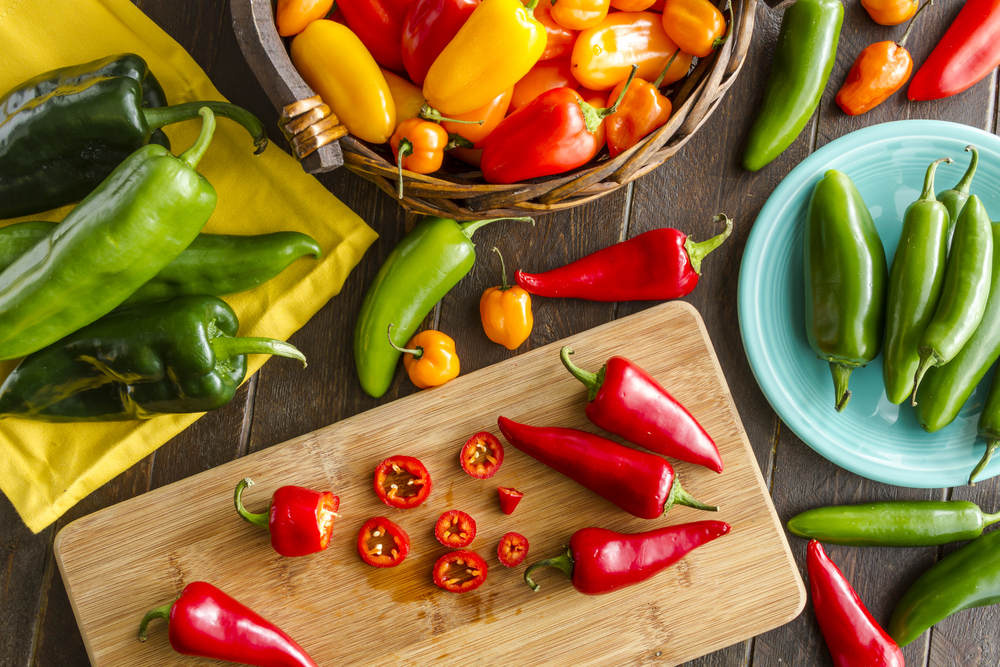
Ginger
Ginger has long been associated with stomach settling properties and there is evidence to suggest that consuming ginger supplements helps with decreasing nausea and vomiting especially during pregnancy (Smith et al., 2004). Ginger also displays all the typical benefits associated with other herbs and spices such as antioxidant, and anti-inflammatory effects especially in joint and muscle swelling, heart protective and able to aid blood glucose control (Jiang, 2019).
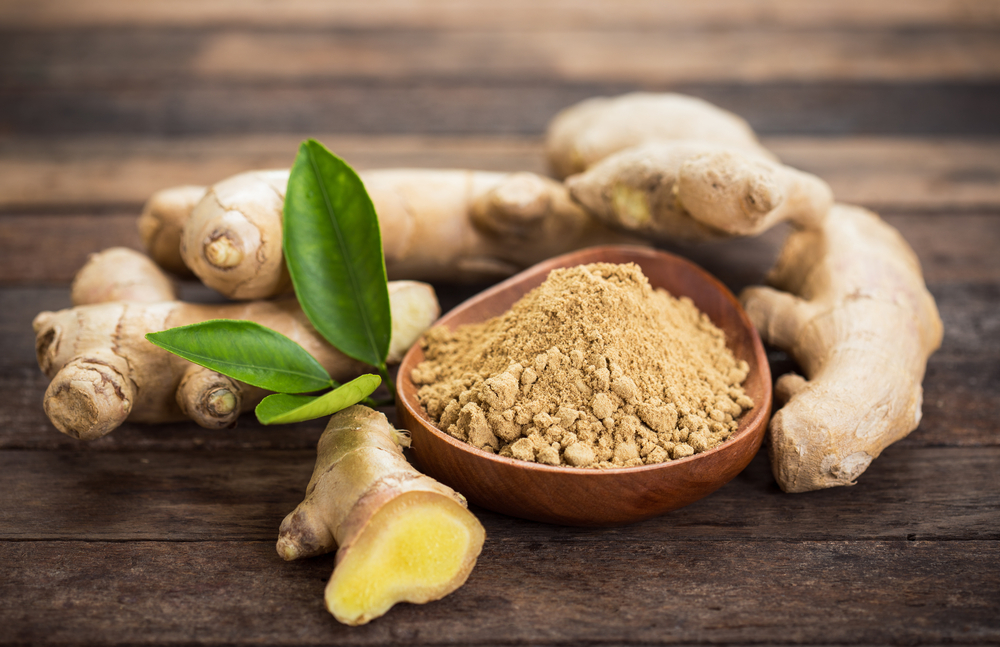
Turmeric
I have written previously about turmeric and its active compound curcumin and its health benefits. Curcumin is a powerful anti-inflammatory and there is evidence to suggest that supplementation may have certain health benefits. Sufferers of typical inflammatory diseases such as inflammatory bowel disease and arthritis may benefit from increasing consumption of curcumin. The biggest challenge with consuming turmeric or curcumin is its bioavailability. More of this compound exits the body than is absorbed, it is therefore important to research any supplements that might be taken to check how well the curcumin active ingredient is absorbed.
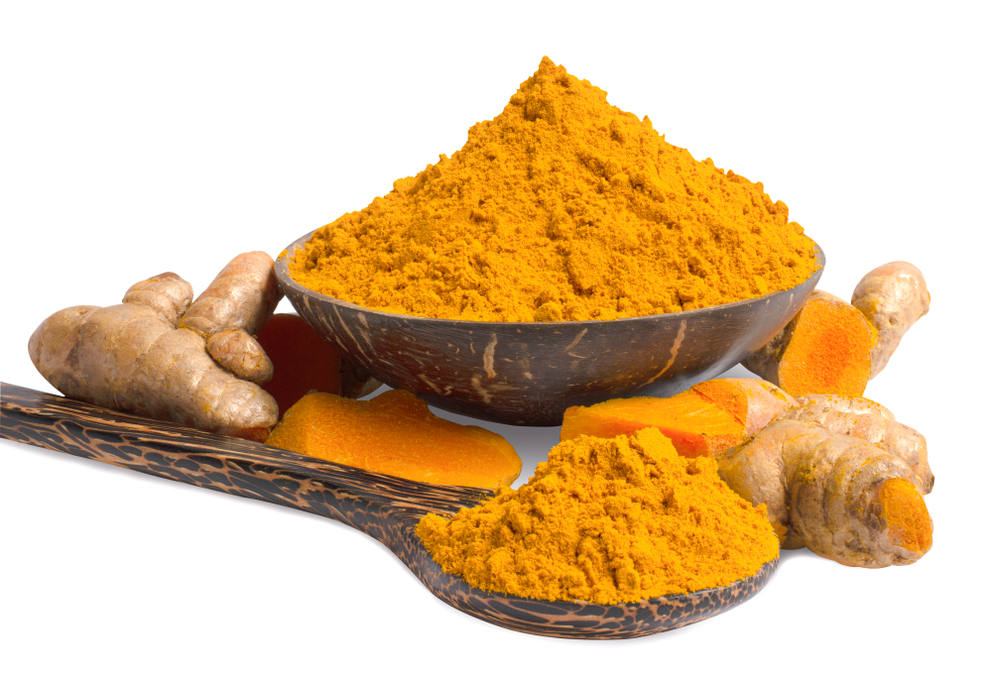
Conclusions
I have just touched on some herbs and spices that have be found to have some specific health benefits. They tend to be the typical most used herbs and spices, but these special foodstuffs all have health properties and should be consumed as often as possible, especially if they are used to replace salt. Too much salt in our diet is not healthy, and herbs and spices have the ability to add taste, colour, aroma and texture.
References
